No products in the cart.
Naganathaswamy Temple, Keezhaperumpallam
Naganathaswamy Temple is one of the nine Navagraha temples located in Keezhaperumpallam, the Cauvery Delta region. The main idol in the temple is that of “Naganatha Swamy” with his consort Soundaryanaki and the presiding deity is Ketu (also called shadow planet-Mercury). Here Ketu is enshrined with head of a snake and body of an asura. This place is also called Vanagiri and is one of the most famous Kethu temples in South india.
Naganathaswamy Temple was constructed by Chola Kings. It has a 2-tier rajagopuram surrounded by two prakaram (closed precincts of a temple). In this Kethu temple, Lord Kethu faces west in the north praharam. Lord Ketu appears with the body in divine form, his head as a five-headed snake and the folded hands worshipping Lord Shiva.
According to the story, when amirtham emerged after churning of the Paarkadal by the devas and the asuras, Lord Vishnu in the guise of Mohini was distributing the amirtham only to the devas. Realising this, Rahu (an asura) with the help of Sukrachariyar, took the form of a deva and consumed the nectar. Suryan and Chandran who noticed this, complained to Lord Narayana. In anger, Lord Narayana hit Rahu on the head with the spoon in his hand. The head was cut off and fell on the ground. But because he had consumed amirtham, his head and body continued to live. The body of the snake got attached to the head to become Ketu.
Ketu is generally referred to as a “shadow” planet. He is considered as Tail of the Demon Snake. It is believed to have a tremendous impact on human lives and also the whole creation. Astronomically, Rahu and Ketu denote the points of intersection of the paths of the Sun and the Moon as they move on the celestial sphere. Therefore, Rahu and Ketu are respectively called the north and the south lunar nodes. The fact that eclipses occurs when Sun and Moon are at one of these points gives rise to the story of the swallowing of the Sun and the Moon.
Ketu represents karmic collections both good and bad, spirituality and supernatural influences. Ketu is associated with the Meena Avatar (Fish Incarnation) of Vishnu. Ketu signifies the spiritual process of the refinement of materialization to spirit and is considered both malefic and benefic, as it causes sorrow and loss, and yet at the same time turns the individual to God. In other words, it causes material loss in order to force a more spiritual outlook in the person. Ketu is a karaka or indicator of intelligence, wisdom, non-attachment, fantasy, penetrating insight, derangement, and psychic abilities. Ketu is believed to bring prosperity to the devotee’s family, removes the effects of snakebite and illness arising out of poisons. He grants good health, wealth and cattle to his devotees. Ketu is the lord of three nakshatras: Ashvini (Ashwini or Ashwathi), Magha (Maham) and Mula (Moola). The people who come under the influence of Ketu can achieve great heights, most of them spiritual.
The Adi Devatha is Chitragupta and the Prathyathi Devata is Lord Brahma and his color is red and his vahana is the eagle. The grain associated with him is Horsegram. The flower is red lily and the fabric is multi colored cloth, gem is Cat’s eye. Offering is rice mixed with the powder of Horsegram. The significations of Ketu are salvation, sight, property, land, gold, vehicle, fame, wife, children, knowledge, business, happiness and unexpected gains.
Ketu whose other names are Dhwaja and Sikhi acts like Mars. It generally reflects the traits of the sign it occupies provided it is not aspected by any other planet. If it is aspected or conjoined by any other planet it imbibes its qualities.
Kethu is an Asura by birth, when he was young he was known as swarvabanu. His grandfather was kasibamunivar, his father was Vibarachithu and his mother was Simgigai. As his mother was Simgigai he was called as Simgikeyan.
Morning: 07:00 AM- 12:00 AM
Evening: 04:00 PM- 08:30 PM
By Train
The nearest railway station is mayiladuthurai (20 km) and Kumbakonam (143 km)
By Road
Buses available from Mayiladuthurai(20km) and Kumbakonam central bus stand (143 km)
By Air
The nearest airport is Trichirapalli (243 km)
Naganathaswamy Temple, Keezhaperumpallam
One thought on “Naganathaswamy Temple, Keezhaperumpallam | Kethu Temple”
Leave a Reply
You must be logged in to post a comment.

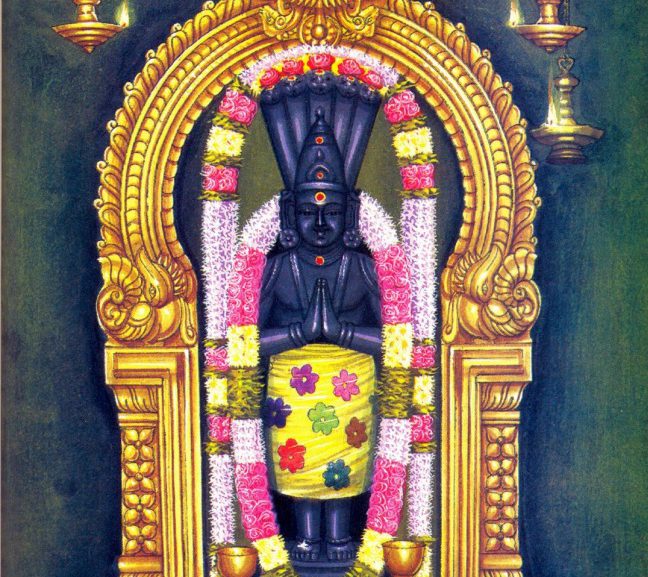

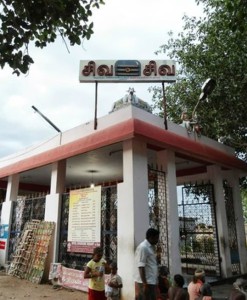
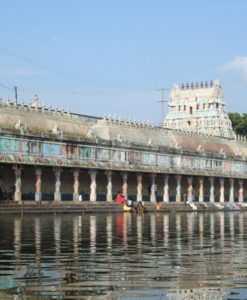


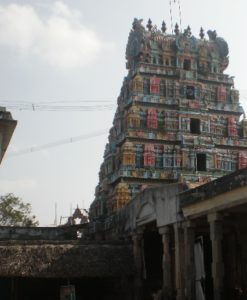
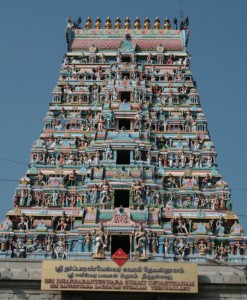

It is Most Beautiful Article, it is really use ful for Devotees,thanks for Sharing the information,good photography.